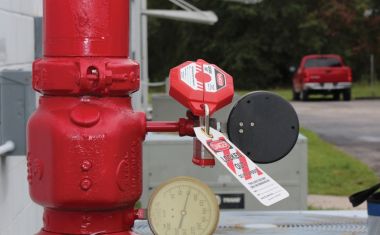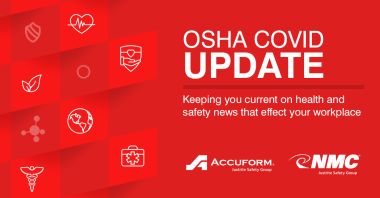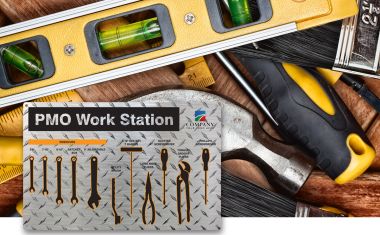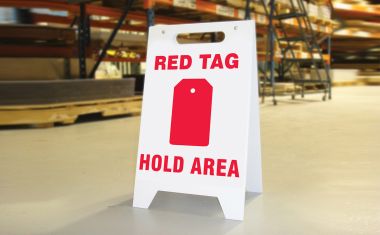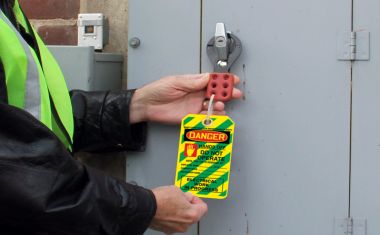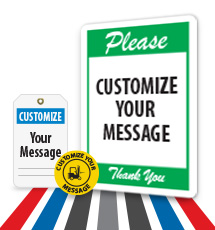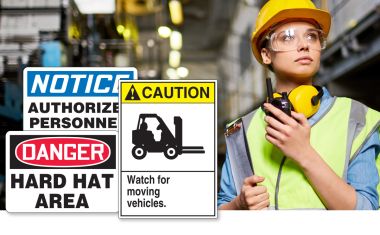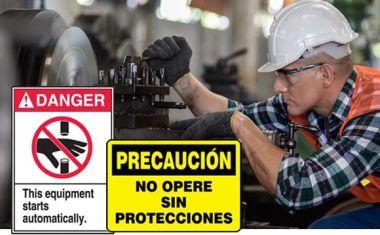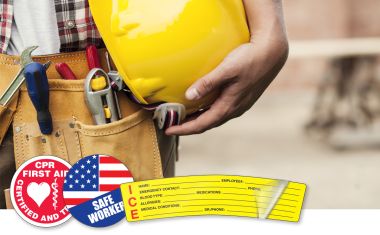Emergency Eye Wash and Showers
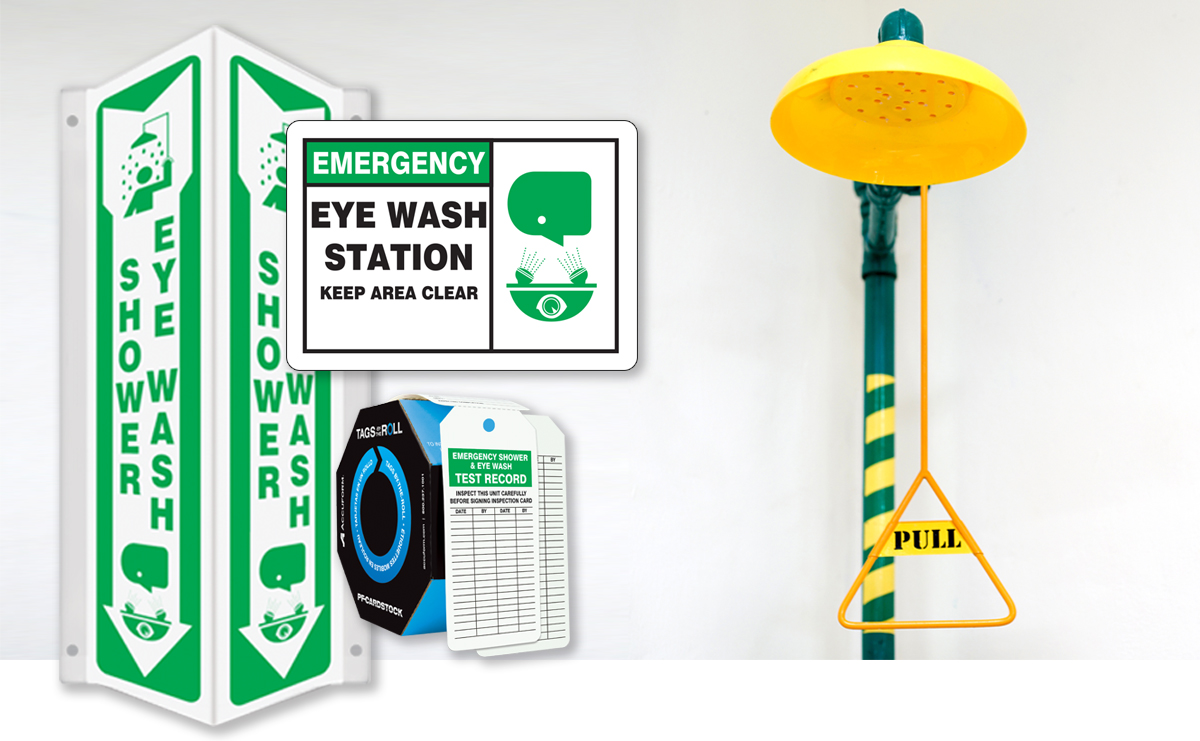
Are you meeting your minimum weekly performance checklist required by ANSI/ISEA?
When exposure to harmful corrosive materials is possible, the Occupational Safety and Health Administration (OSHA) 29 CFR 1910.151 requires, "Where the eyes or body of any person may be exposed to injurious corrosive materials, suitable facilities for quick drenching or flushing of the eyes and body shall be provided within the work area for immediate emergency use."
Although OSHA demands suitable facilities for emergency first aid, the American National Standards Institute (ANSI) offers specific conditions for the type of equipment. Emergency shower and eye wash stations are to be used to protect workers from the eye, face, and bodily injuries resulting from chemical exposure from caustic and corrosive materials in the workplace.
What are the standards for placement and signage for emergency eye wash and showers?
ANSI Z358.1
Self-contained Emergency Showers, Self-Contained Eye washes, Self-Contained Eye/Face Washes, Combination Units, Drench Hoses 4.5.3, 5.4.3, 6.4.3 ,7.4.3, 8.2.3.2 “Be located in an area identified with a highly visible sign positioned so the sign shall be visible within the area served by the emergency shower. The area around the emergency shower shall be well-lit.”
OSHA 29 CFR 1910.1450
Appendix A (D) (7) Signs (b), “Location signs for safety showers, eye wash stations, other safety and first aid equipment, and exits….”
Compliance is not just a once-a-year or once-a-month responsibility. Ensure emergency eye wash and shower inspection tags are placed on equipment to keep track of all inspections.
ANSI standard requires strict equipment testing on a regular basis. Frequent performance testing ensures the emergency first aid equipment is functional when needed.
What are the minimum inspection requirements for an emergency eye wash and shower, per ANSI/ISEA Z358.1? The minimum inspection requirements are as follows:
ANSI Z358.1
- 4.5.3 Be located in an area identified with a highly visible sign positioned so the sign shall be visible within the area served by the emergency shower.
- 5.4.3 Be located in an area identified with a highly visible sign positioned so the sign shall be visible within the area served by the eyewash.
- 6.4.3 Be located in an area identified with a highly visible sign positioned so the sign shall be visible within the area served by the eye/face wash.
- 7.4.3 Be located in an area identified with a highly visible sign positioned so the sign shall be visible within the area served by the combination unit.
- 8.2.3.2 Be located in an area identified with a highly visible sign positioned so the sign shall be visible within the area served by the drench hose.
- Section 4.6.3 Self-contained emergency shower: Must be visually checked weekly to determine if flushing fluid needs to be improved or changed. An inspection should be performed in accordance with the manufacturer’s instructions.
- Section 5.5.3 Self-contained eye washes: Needs to be visually checked weekly to determine if flushing fluid needs to be exchanged or improved. The inspection must be conducted in agreement with the manufacturer’s instructions.
- Section 6.5.3 Self-contained eye/face washes: Must be visually checked weekly to determine if flushing fluid needs to be improved or replaced. The inspection must be conducted in agreement with the manufacturer’s instructions.
- Section 7.5.3 Self-contained combination units: This is required to be visually checked weekly to determine if flushing fluid needs to be replaced or corrected. The inspection should be performed in accordance with the manufacturer’s instructions.
- Section 8.1.3.2 All personal wash units: This needs to be inspected and maintained in agreement with the manufacturer’s instructions and should meet appropriate regulatory requirements.
- Section 8.2.4.3 Self-contained drench hoses: Must be visually checked weekly to determine if flushing fluid needs to be exchanged or improved. The inspection must be completed in accordance with manufacturer’s instructions.
Conducting weekly checks is the best way to fully ensure the equipment is operating accurately. The equipment needs to be able to provide proper first aid in the event of an emergency.
Who should perform the inspections of emergency eye wash and showers?
You don’t need a fancy certificate to test the equipment. The responsible persons should have a complete understanding of the installation and performance requirements. Various training tools are available online by equipment manufacturers, as well.
Stress the importance of inspecting emergency equipment to your workers. Regularly testing emergency eye wash and shower devices not only ensures they function in the event of an emergency – but also help you avoid a costly OSHA fine.
Keep track of inspections with a wide-range of emergency eye wash and shower inspection tags.
